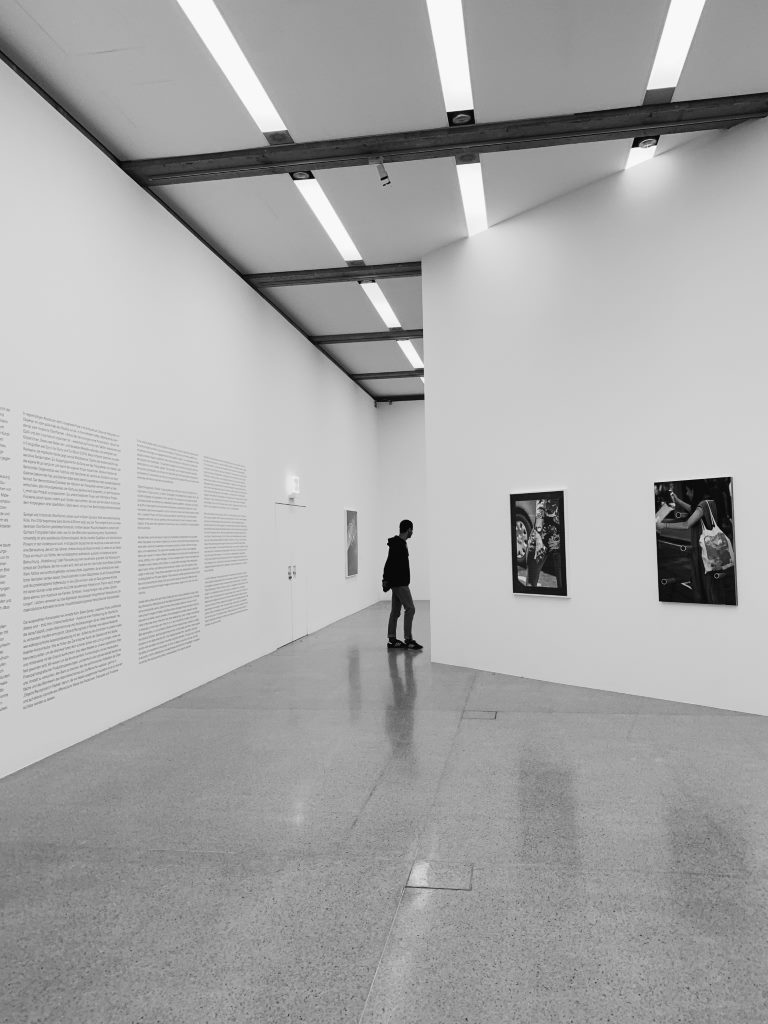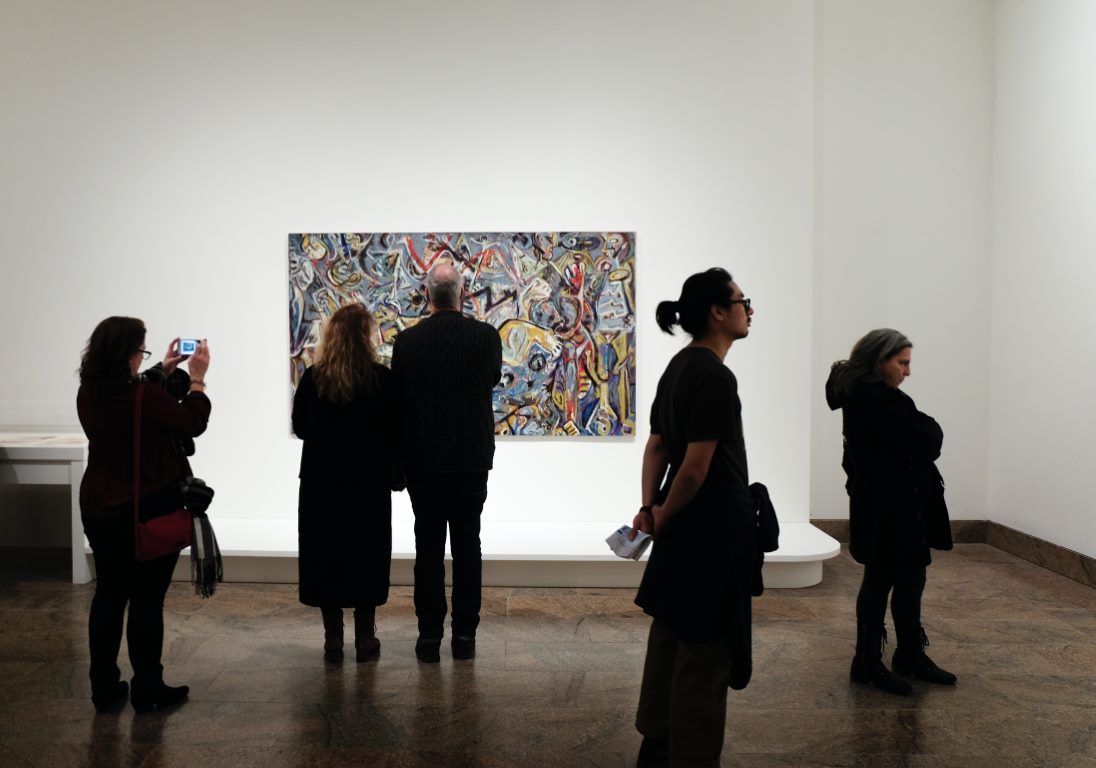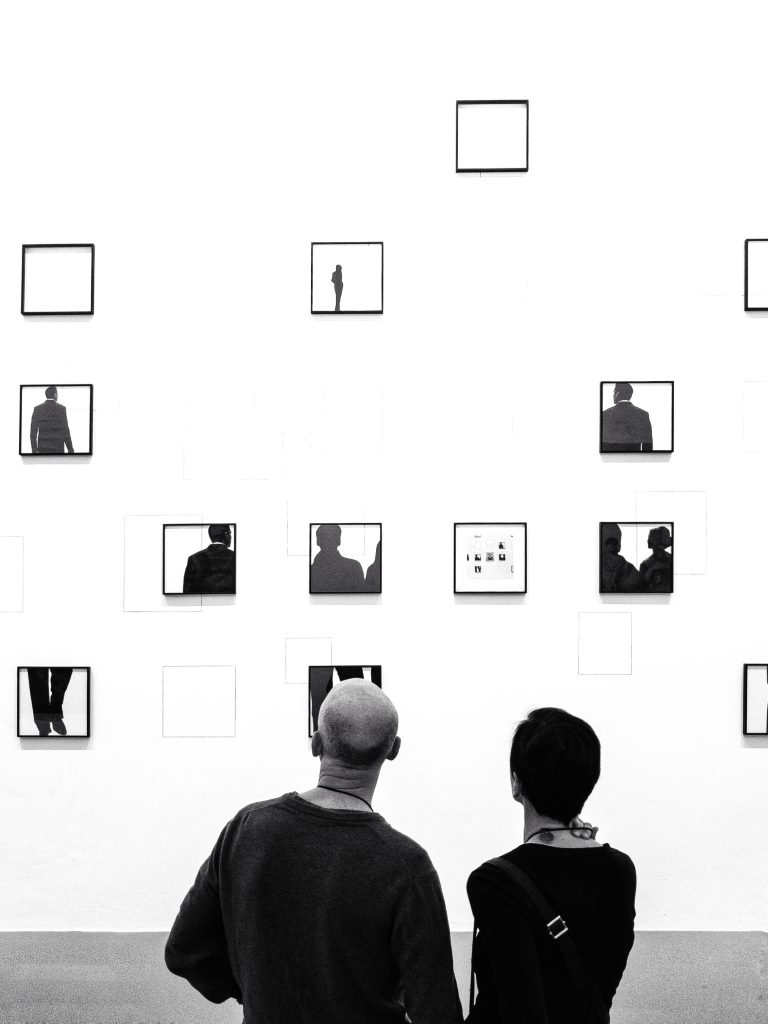How to Plan Your Day Tour to Luxor East and West Banks
Luxor, located on the east bank of the Nile River in southern Egypt, is known as the world’s largest open-air museum. The city is home to numerous ancient ruins, and a day tour to Luxor East and West Banks is the perfect way to explore this area. This tour takes you through the ancient history of Egypt, accompanied by a private English-speaking Egyptologist guide. In this blog post, we will guide you on how to plan your day tour to Luxor’s East and West Banks.Overview
The day tour to Luxor East and West Banks include pick-up services from your hotel in Luxor and return, all transfers by private air-conditioned vehicles, a private English Egyptologist guide, any extras not mentioned in the tour, and tipping.What’s Included
The day tour to Luxor East and West Banks includes:- Pick-up services from your hotel in Luxor and return
- All transfers by a private air-conditioned vehicle
- Private English Egyptologist guide
- Admission tickets for all attractions
- Tipping
Meeting and Pickup
Pickup points vary, but selection is available when booking online, and tend to begin at 7:30 AM. Guests will be picked up from Nile Cruises in Luxor.What to Expect
The tour includes visits to the following attractions:1. Valley of the Kings
The Valley of the Kings is located on the west bank of Luxor and is a highlight of any visit to Egypt. The valley is home to numerous tombs, including those of notable pharaohs such as Tutankhamun and Ramesses VI. Spend two hours exploring the ancient tombs on this tour.2. Temple of Hatshepsut at Deir el Bahari
Next on the tour is the Temple of Hatshepsut at Deir el Bahari. This temple is dedicated to the country’s first female pharaoh, Queen Hatshepsut. It is a beautifully preserved temple and is well worth taking the time to see. During this stop on the tour, guests will spend two hours enjoying the temple.3. Colossi of Memnon
The Colossi of Memnon is located on the west bank of the Nile River across from the city of Luxor. It is a set of two enormous statues, each measuring 60 feet tall, depicting the Pharaoh Amenhotep III. The statues are the only remaining members of what was once a much larger temple complex.4. Karnak Temple
The Karnak Temple is located on the east bank of the Nile River and is considered to be one of the largest ancient religious sites in the world. The temple complex is made up of various buildings, columns, and walls constructed over a period of 2000 years. Karnak Temple is considered to be one of the most significant historical sites in Egypt.5. Luxor Temple
The final stop on the tour is Luxor Temple, which is located in the heart of the city of Luxor. The temple dates back to the reign of Amenhotep III and was completed by Tutankhamun. Spend time exploring this beautifully preserved temple and learn more about the daily life and religious practices of ancient Egyptians.Additional Info
Confirmation will be received at the time of booking, and wheelchairs are accessible. Children must be accompanied by an adult and infants must sit on laps. Infant seats are available. Most travelers can participate.Cancellation Policy
You can cancel up to 24 hours in advance of the experience for a full refund. For a full refund, you must cancel at least 24 hours before the experience’s start time. If you cancel less than 24 hours before the experience’s start time, payment will not be refunded.Book the Tour Here
Ready to explore the ancient ruins of Luxor? Book your day tour to Luxor East and West Banks now through the following link: Book the Tour Here and get ready to experience the fascinating history of Egypt.
Frequently Asked Questions about Luxor
1. Where is Luxor located?
Luxor is a city in Egypt, located on the east bank of the Nile River. It is situated about 500 km south of Cairo and 300 km north of Aswan.2. What is Luxor famous for?
Luxor is famous for its numerous ancient Egyptian archaeological sites, including the Luxor Temple and Karnak Temple. It is also home to the Valley of the Kings, where many of the pharaohs of the New Kingdom of Egypt were buried.3. What is the best time to visit Luxor?
The best time to visit Luxor is between October and April when the weather is mild and temperatures are more pleasant for exploring the archaeological sites. The summer months from May to September can be extremely hot, with temperatures reaching up to 45°C (113°F), making it difficult to spend a lot of time outdoors.4. What is the currency of Luxor?
The currency used in Luxor and throughout Egypt is the Egyptian pound (EGP). You can exchange currency at banks, exchange offices, hotels, and airports.5. What language is spoken in Luxor?
The official language of Luxor and Egypt is Modern Standard Arabic. However, many people also speak Egyptian Arabic, which is a dialect of Arabic that is commonly spoken throughout the country. English is widely spoken in tourist areas and at many hotels and restaurants.6. What are the must-visit attractions in Luxor?
Some of the must-visit attractions in Luxor include:- The Valley of the Kings
- The Luxor Temple
- The Karnak Temple
- The Colossi of Memnon
- The Temple of Hatshepsut
7. How do I get around Luxor?
Taxis and buses are the most common methods of transportation in Luxor. Taxis can be hailed on the street or arranged through your hotel, while buses run on set routes and schedules. You can also hire a private driver or guide to take you around the city and its archaeological sites.8. Is Luxor safe for tourists?
Luxor is generally considered safe for tourists, with a low crime rate and a strong police presence in tourist areas. However, it is always a good idea to take basic safety precautions, such as avoiding walking alone at night, avoiding political demonstrations or protests, and keeping your valuables safe.9. What should I wear when visiting Luxor?
Egypt is a predominantly Muslim country, so it is important to dress modestly when visiting Luxor and other parts of the country. This means covering your shoulders, chest, and knees. In addition, it is a good idea to wear comfortable shoes when visiting the archaeological sites, as you may be doing a lot of walking.10. How do I get to Luxor?
Luxor has an international airport that handles flights from many major cities around the world. You can also travel to Luxor by train from Cairo or Aswan, or by bus from other cities in Egypt.
How to Spend Your Time as a Tourist in Luxor
If you are planning a vacation to Egypt, then there is no doubt that Luxor should be one of the destinations on your list. Luxor is a city that is steeped in culture and history, and is home to numerous historic sites and monuments that date back thousands of years. Here is how you can spend your time as a tourist in Luxor.1. Visit the Valley of the Kings
The Valley of the Kings is one of Luxor’s most popular tourist destinations, and is a must-visit for anyone who is interested in ancient history. This valley houses the tombs of pharaohs and nobles from the 18th, 19th, and 20th dynasties, including the tomb of King Tutankhamun.Tips for Visiting the Valley of the Kings:
- Plan to spend at least half a day exploring the valley.
- Wear comfortable shoes as the terrain can be uneven and rocky.
- Consider hiring a guide to show you around and provide information on the history and significance of each tomb.
2. Explore the Temple of Karnak
The Temple of Karnak is an ancient temple complex that is dedicated to the worship of the god Amun. This temple is one of the largest religious buildings that has ever been constructed, and its construction spanned over 2,000 years.Tips for Exploring the Temple of Karnak:
- Check the weather before visiting as it can get very hot in the summer months.
- Wear comfortable shoes that can be removed easily as you will need to take off your shoes before entering certain parts of the temple.
- Consider hiring a guide to show you around and provide information on the history and significance of the temple complex.
3. Take a Hot Air Balloon Ride
One of the most popular activities in Luxor is taking a hot air balloon ride over the city and its surrounding areas. This is a unique way to see the temples, historic buildings, and the River Nile from a completely different perspective.Tips for Taking a Hot Air Balloon Ride:
- Book your balloon ride in advance to ensure that you have a spot.
- Dress warmly as it can get chilly in the early morning.
- Bring a camera to capture the stunning views.
4. Visit the Luxor Museum
The Luxor Museum is a must-visit for anyone who is interested in ancient Egyptian artifacts and history. This museum houses a vast collection of treasures that were discovered in Luxor and the surrounding areas, including statues, mummies, jewelry, and other artifacts from various periods in ancient Egyptian history.Tips for Visiting the Luxor Museum:
- Plan to spend at least half a day exploring the museum.
- Consider hiring a guide to show you around and provide information on the history and significance of the artifacts.
- Photography is not permitted inside the museum.
5. Take a Felucca Ride on the Nile
Taking a felucca ride on the Nile River is a relaxing and enjoyable way to see Luxor from a different perspective. Feluccas are traditional wooden sailboats that have been used on the Nile for thousands of years.Tips for Taking a Felucca Ride on the Nile:
- Book your felucca ride in advance to ensure availability.
- Check the weather before booking as it can get very hot in the summer months.
- Bring sunscreen and a hat to protect yourself from the sun.
Book Your Tour Now
There are many things to see and do in Luxor, and these five activities are just a few of the highlights. Whether you are interested in history, culture, or just want to enjoy the beauty of the city and its surroundings, Luxor is a destination that should not be missed. Remember to plan ahead and wear comfortable clothing and shoes to make the most of your visit.Table of Contents

